Frequently asked questions
Company News
- Aluminum veneer curtain wall: the "gorgeous coat" of modern architecture
- Aluminum veneer curtain wall: the fashionable coat of modern architecture
- Aluminum veneer curtain wall, the "fashionable coat" of modern architecture
- Curtain wall aluminum veneer: a perfect combination of architectural aesthetics and practicality
- Aluminum veneer: the fashionable outerwear of modern architecture
Industry dynamics
- The beautiful and elegant wood grain aluminum square curtain wall makes the building more charming!
- Hyperbolic aluminum veneer: an aesthetic innovation in modern architecture?
- Curtain wall aluminum veneer: the new darling of modern architecture and the guardian of low-carbon life!
- Fluorocarbon aluminum veneer: the fashionable choice for modern architecture?
- Aluminum veneer curtain wall: the fashionable coat of modern architecture
Frequently asked questions
- What are the applications of aluminum veneer in the interior decoration industry?
- What factors will affect the price of aluminum veneer?
- How to apply aluminum veneer in construction and interior decoration?
- How is aluminum veneer produced and manufactured?
- What are the applications of aluminum veneer in the construction industry?
contact us
Mobile:+86 15627778610
Email: 2201229786
Address: No. 5 Binjiang Road, High tech Zone, Zhaoqing City, Guangdong Province
What are the types of aluminum veneer?
- Author: Lesilong Technology (Guangdong) Co., Ltd
- Release time: February 23, 2025 21:49:19
- Click:0
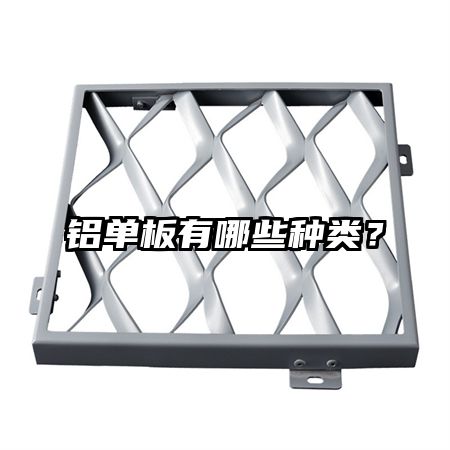
1、 Material
1. Ordinary aluminum veneer
Ordinary aluminum veneer is made of high-purity aluminum material and pressed at high temperature. This type of aluminum veneer has the characteristics of good toughness, high hardness, high strength, and smooth surface. It can be decorated through surface treatment methods such as coating spraying, electrophoretic paint, powder coating, etc. Ordinary aluminum veneer is suitable for building curtain walls, roofs, ceilings, partitions, bases, walls, and other places.
2. Alloy aluminum veneer
Alloy aluminum veneer is a material made by mixing multiple metal elements, and its physical and mechanical properties are superior to ordinary aluminum veneer. Alloy aluminum veneer also has more diverse surface treatments and a wider range of color choices. It is suitable for environments with harsh climate and severe weathering, such as coastal cities.
3. Stainless steel aluminum veneer
Stainless steel aluminum veneer is a new type of material made by adding stainless steel material to aluminum veneer. It has the characteristics of lightweight and easy processing of aluminum veneer, as well as the corrosion resistance and strength of stainless steel. Due to its bright and beautiful surface, stainless steel aluminum veneer is widely used in high-end building curtain walls, iconic buildings, and other places.
2、 Surface treatment
1. Spray painted aluminum veneer
Spraying aluminum veneer is the process of directly spraying paint onto the surface of the aluminum veneer and drying it. It has the characteristics of rich color, good weather resistance, and good decorative effect, and can be freely adjusted in color. Spraying aluminum veneer is suitable for building curtain walls, ceilings, partitions, interior and exterior wall decoration, and other aspects.
2. Electrophoretic paint aluminum veneer
Electrophoretic paint aluminum veneer uses the principle of electrophoresis to uniformly attach the coating to the surface of the aluminum veneer, forming a dense and uniform paint film. It has the characteristics of good weather resistance, bright colors, and high glossiness, which can effectively maintain the appearance and color stability of buildings. Electrophoretic paint aluminum veneer is suitable for places with severe marine climate and acid rain.
3. Powder coated aluminum veneer
Powder coated aluminum veneer is made by spraying powder onto the surface of the aluminum veneer and drying it. It has the advantages of rich color, fade resistance, UV resistance, scratch resistance, etc., and can also be electrostatically sprayed for safety and environmental protection. Powder coated aluminum veneer is widely used in fields such as building curtain walls, roofs, ceilings, etc.
3、 Thickness
1. 1.0mm aluminum veneer
1.0mm aluminum veneer is a lightweight decorative material with advantages such as easy installation, diverse shapes, and smooth surface. It is suitable for interior and exterior decoration of curtain walls, ceilings, partitions, and other places.
2. 1.5mm aluminum veneer
Compared to 1.0mm aluminum veneer, 1.5mm aluminum veneer is more sturdy, has better mechanical properties, and has higher resistance to wind pressure and tensile strength. It is widely used in the decoration fields of curtain walls, interior and exterior finishes, ceilings, partitions, and other high-rise buildings such as large urban complexes and large commercial and residential buildings.
3. 2.0mm aluminum veneer
2.0mm aluminum veneer is a type of thick aluminum veneer with better strength and rigidity, suitable for large-span curtain walls and building facades, and can effectively maintain the beauty and stability of buildings.
4、 Shape
1. Flat aluminum veneer
Flat aluminum veneer is a type of aluminum veneer with a flat surface, suitable for places such as curtain walls, roofs, ceilings, partitions, etc. It has simple installation, diverse shapes, and a smooth surface.
2. Wave shaped aluminum veneer
Wavy aluminum veneer is a type of aluminum veneer with wavy curves that can be curved into different shapes according to the different corners of the building. It has good visual and decorative effects, and is widely used for the interior and exterior decoration of curtain walls in high-end buildings such as commercial squares, conference centers, and five-star hotels.
3. Irregular aluminum veneer
Alien aluminum veneer is a type of aluminum veneer processed according to specific requirements of buildings. It can be cut, stamped, and processed into different shapes according to specific architectural design needs. Due to its unique design and visual effects, it is widely used in iconic buildings, luxury shopping malls, and other places.
Summary:
Aluminum veneer, as an important building decoration material, has gradually been widely used in the field of modern architecture. This article introduces four classification methods for aluminum veneer: material, surface treatment, thickness, and shape, and elaborates on the characteristics and applicable scope of each type in detail. In practical applications, the appropriate type of aluminum veneer should be selected according to the specific situation to achieve better decorative effects and economic benefits. At the same time, continuous improvement and innovation of the performance of aluminum veneer are needed in the future to adapt to the continuous development and changes of the building decoration industry.

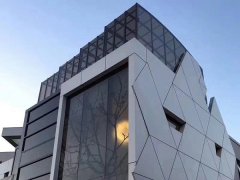
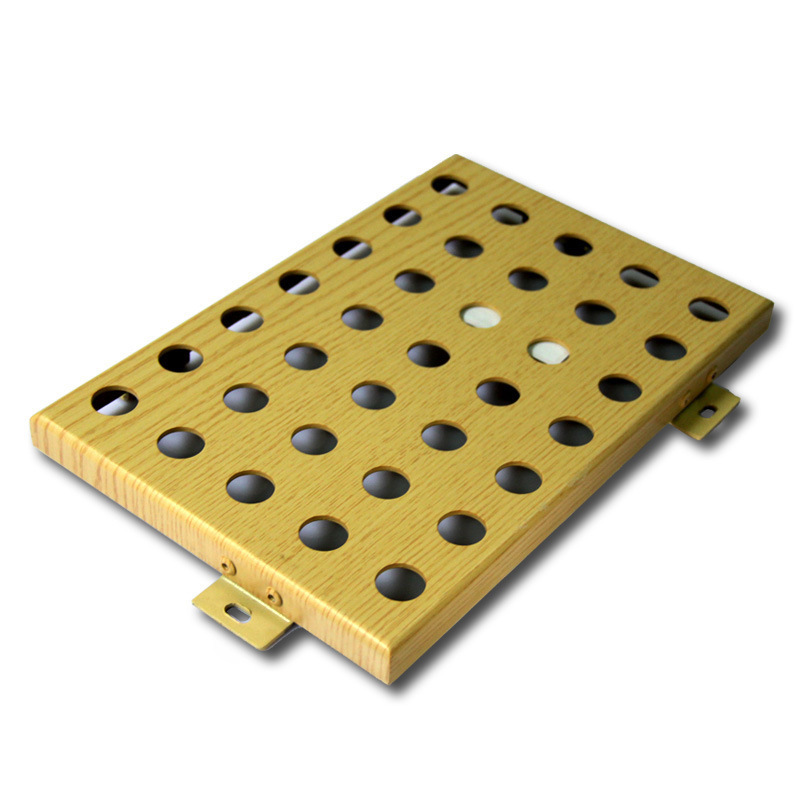
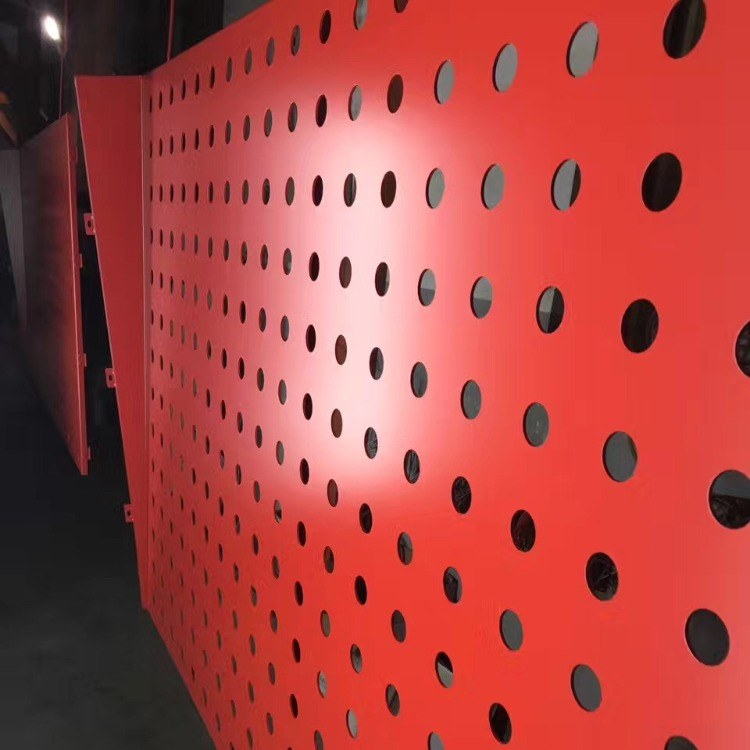
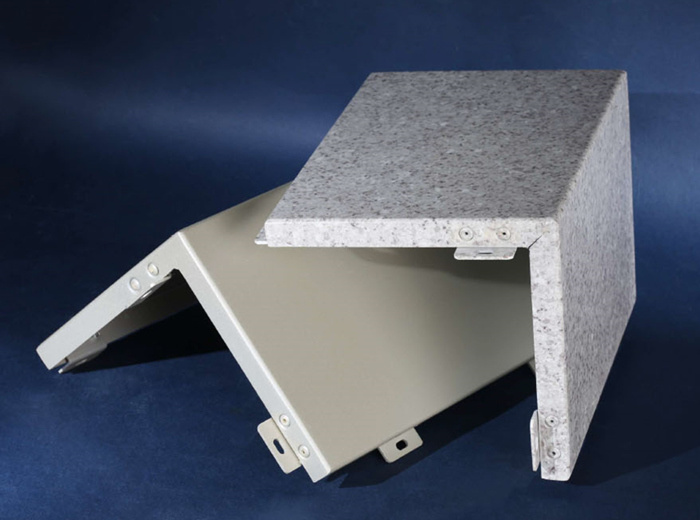
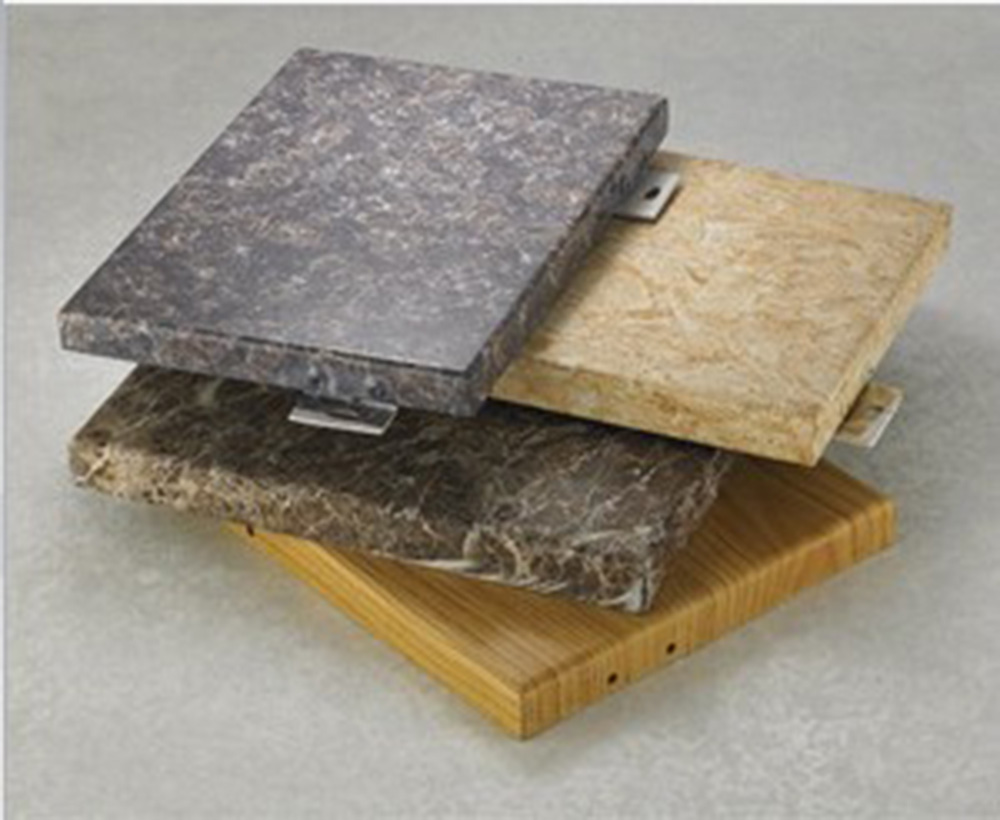
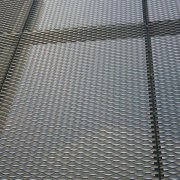
 Customer service QQ
Customer service QQ